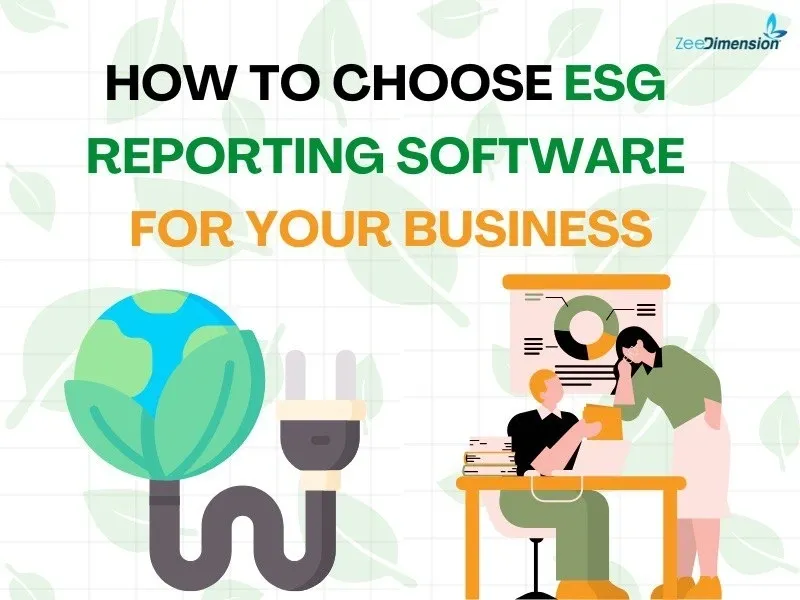
Sustainability has changed from a trendy term to a key component of corporate responsibility in today’s business world. Stakeholders, leaders, and customers are putting more and more pressure on businesses to highlight their ESG performance. So the result, choosing the appropriate ESG reporting software is essential. The correct technologies can make data administration easier, guarantee compliance, and offer useful insights for continuous improvement. Regardless of your level of expertise as a sustainability leader or your level of ESG exploration. To assist you make an informed decision supporting your business’s sustainability goals. This article will list the essential components of ESG reporting software.
1. ESG Data Management and Reporting
When selecting ESG reporting software, it’s essential to choose a solution that excels in data collection from various sources. Also to Ensure comprehensive and accurate information. The software should be capable of tracking performance across key ESG metrics. Providing a clear picture of your organization’s sustainability efforts. Additionally, it must generate detailed reports that meet the requirements of stakeholders and regulatory bodies, ensuring transparency and compliance. This combination of robust data management and insightful reporting is crucial for driving continuous improvement and demonstrating your commitment to sustainability.
2. Customization and Scalability
Give top priority to ESG reporting software options that provide scalability to expand with your company and customization to satisfy your specific needs. To ensure continuous operations, the software should effectively handle growing data volumes and complexity. As your company develops, this flexibility is essential to sustaining successful ESG reporting.
3. Supply Chain Emissions Coverage
It’s critical to confirm that the ESG reporting software you choose can monitor and report on Scope 1, 2, and 3 emissions. This feature gives you a complete picture of your environmental effect, including emissions from your energy use and whole supplier chain in addition to your direct emissions. This kind of comprehensive coverage is necessary to accurately evaluate and control the whole carbon footprint of your company.
4. Compliance with Reporting Standards
It’s critical to pick ESG reporting software that complies with the most recent reporting standards, such as TCFD, SASB, CSRD, or GRI. Following these guidelines guarantees that your reporting satisfies stakeholders’ expectations and complies with legal requirements. In addition to preserving accountability and openness, this increases credibility and trust among investors, clients, and other important stakeholders.
5. Actionable Insights
The best ESG software goes beyond mere data collection and reporting by offering actionable insights. These insights can range from benchmarking your performance against industry standards to identifying specific emission hotspots within your operations. By leveraging these insights, you can proactively address areas of concern, implement targeted improvements, and drive your sustainability initiatives forward. and strengthens your overall ESG strategy.
Conclusion
Selecting the right ESG software empowers your business to manage data efficiently, ensure compliance with reporting standards, and drive continuous improvement in sustainability. It’s important to choose platforms that align with your specific goals and requirements. Exploring their features through demos can help you determine if they meet your ESG reporting needs, ultimately supporting your organization’s commitment to sustainability and responsible business practices.







